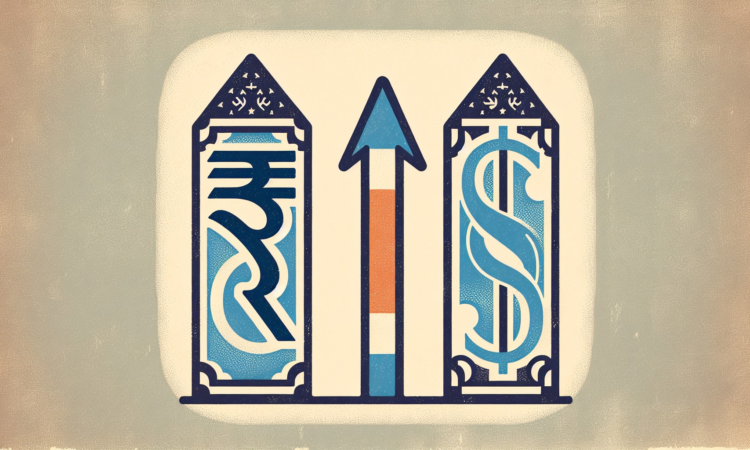
What’s going on here?
The Indian rupee appreciated to its highest level in over a month, reaching an intra-day peak of 83.2250 against the US dollar during early trading. As of 10:00 a.m. IST, it stood at 83.23, up 0.09% from its previous close of 83.3050.
What does this mean?
The rupee’s strength came from hefty dollar sales by foreign banks, likely acting for custodial clients, alongside a dip in US Treasury yields. The 10-year Treasury yield fell 2 basis points to 4.41%, easing pressure on the rupee. A foreign exchange trader noted that large dollar sales by at least two major foreign banks and some ‘long cutting’ on USD/INR pushed the price higher. Meanwhile, the dollar index stayed steady at 104.6, with most Asian currencies remaining rangebound.
Why should I care?
For markets: Rupee’s resilience amid dollar dynamics.
The rupee’s movement reflects substantial actions in forex markets, with dollar sales from foreign banks and lower US Treasury yields playing pivotal roles. Investors should note these market implications, as Amit Pabari of CR Forex anticipates the rupee could approach levels of 83.00 to 83.10 in the near term. This trend could be favorable for the Indian currency amid a steady dollar index and largely unchanged Asian currency performance.
The bigger picture: Fed pace and market patience.
The rupee’s appreciation coincides with a market focus shift towards Federal Reserve policymakers’ comments during a week without significant US economic data releases. Boston Fed President Susan Collins emphasized a patient approach to rate cuts, influenced by mixed economic data suggesting extended timelines for monetary decisions. With the CME’s FedWatch tool showing a nearly 65% chance of a Fed rate cut, global market participants are closely watching how these developments will affect currency dynamics.
